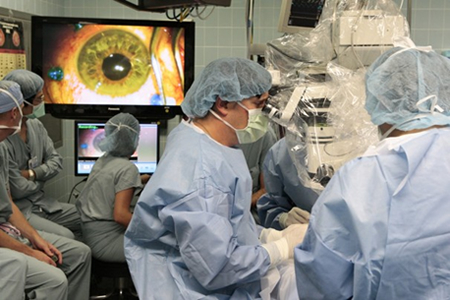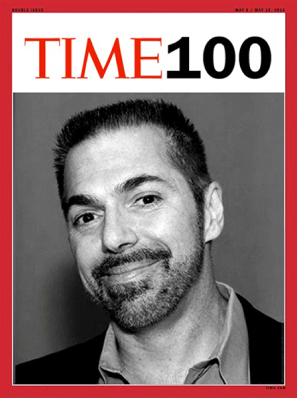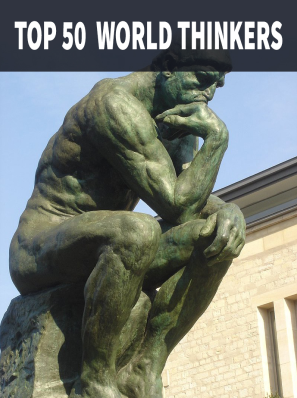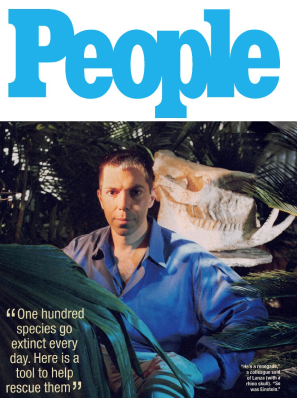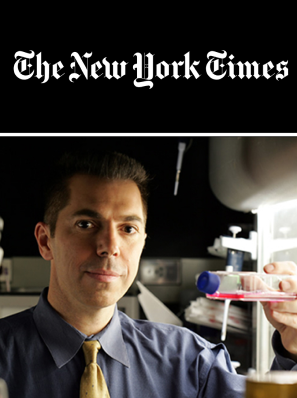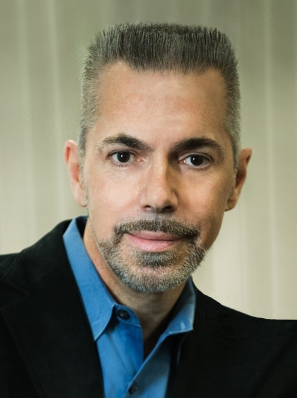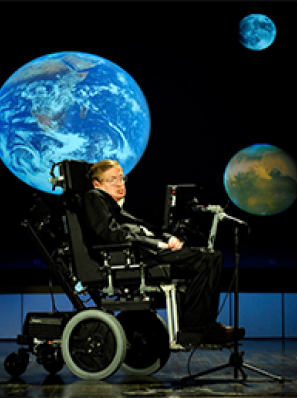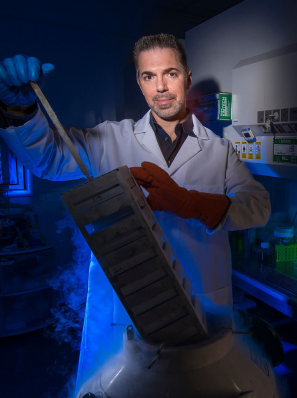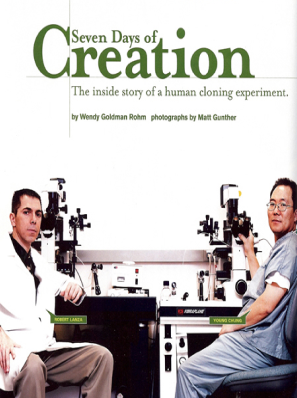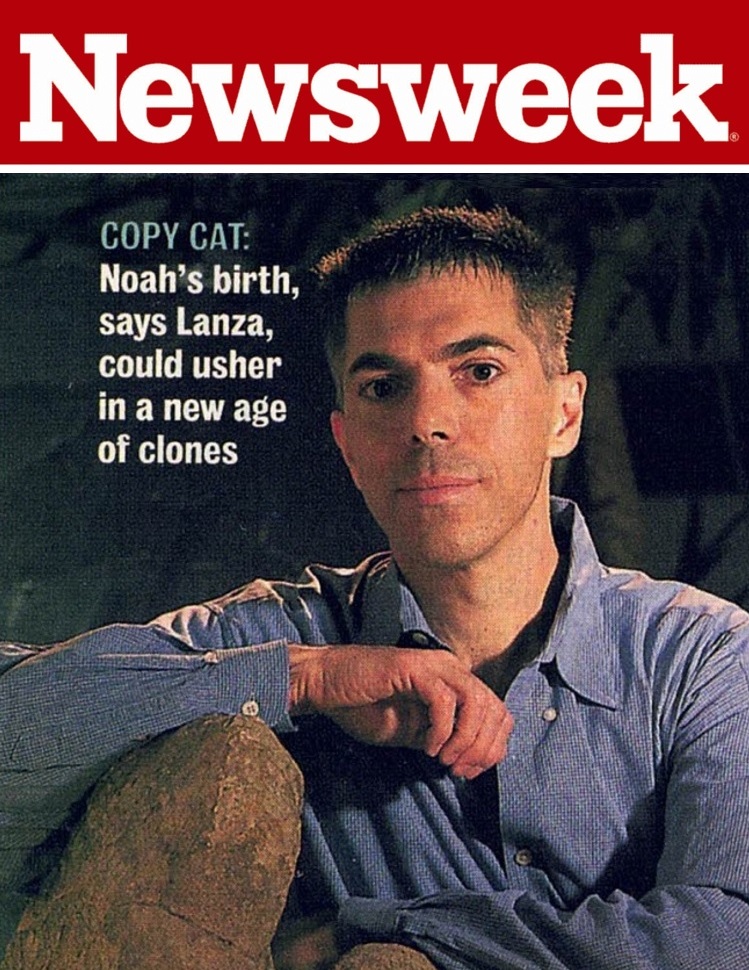“The initiation of these two clinical trials marks an important turning point for the field.” said Robert Lanza, the company’s chief scientific officer.
Researchers at UCLA treat the first patients in the second FDA-approved study evaluating a therapy made from human embryonic stem cells. (Reed Hutchinson/UCLA)
Researchers have treated the first two patients in the second government-authorized attempt to evaluate a therapy created using human embryonic stem cells in the United States.
A team led by Steven Schwartz at UCLA administered about 50,000 cells Tuesday into one eye of a volunteer suffering from Stargardt Macular Dystrophy, a progressive form of blindness that usually begins in childhood, and another with Dry Age-Related Macular Degeneration, the leading cause of blindness in the developed world, Advanced Cell Technology, which is sponsoring the study, announced Thursday.
“The great promise of these cells is finally being put to the test,” said Robert Lanza, the company’ chief scientific officer, in a statement. “The initiation of these two clinical trials marks an important turning point for the field.”
No additional details about the procedures were released. But Gary Rabin, the company’s interim chairman and chief executive officer, said the research “could not have started any smoother.” No details were released about the patients either. But the company said they were “recovering uneventfully” and Schwartz said “early indications are that the patients tolerated the surgical procedures well.”
The Food and Drug Administration in November approved the company’s plans to test cells created from human embryonic stem cells on 12 patients suffering from each condition. Each patient will undergo a procedure in which between 50,000 to 200,000 retinal pigmented epithelial cells created from human embryonic stem cells will be injected into their eyes. Researchers hope the cells will replace those ravaged by the diseases.
Both studies are designed primarily to test for safety. But researchers will look for signs the cells may be helping their vision. In rats, the cells helped prevent further vision loss and restored some sight.
After many delays, the first FDA-approved experiment in people of a therapy made using human embryonic stem cells began in October. Doctors in Atlanta injected millions of cells into the spine of Timothy J. Atchison, 21, of Chatom, Ala. Atchison had been partially paralyzed in a car accident less than two weeks earlier. Although that study also is designed primarily at assessing the therapy’s safety, researchers are checking to see whether the cells restore any feeling or movement. A second patient was subsequently treated at Northwestern Memorial Hospital in Chicago.
The only results released by the study’s sponsor, Geron of Menlo Park, Calif., indicate that neither patient has suffered any significant adverse effects.
Human embryonic stem cell research is highly controversial. Many scientists think the cells may lead to new treatments for many diseases. But days-old embryos have been destroyed to obtain the cells, which some critics consider immoral. And some proponents worry about whether the approach is safe and has been adequately vetted before being tried in people.
By Rob Stein | 08:30 AM ET, 07/14/2011
View article at Washingtonpost.com
